Ecotrend Blog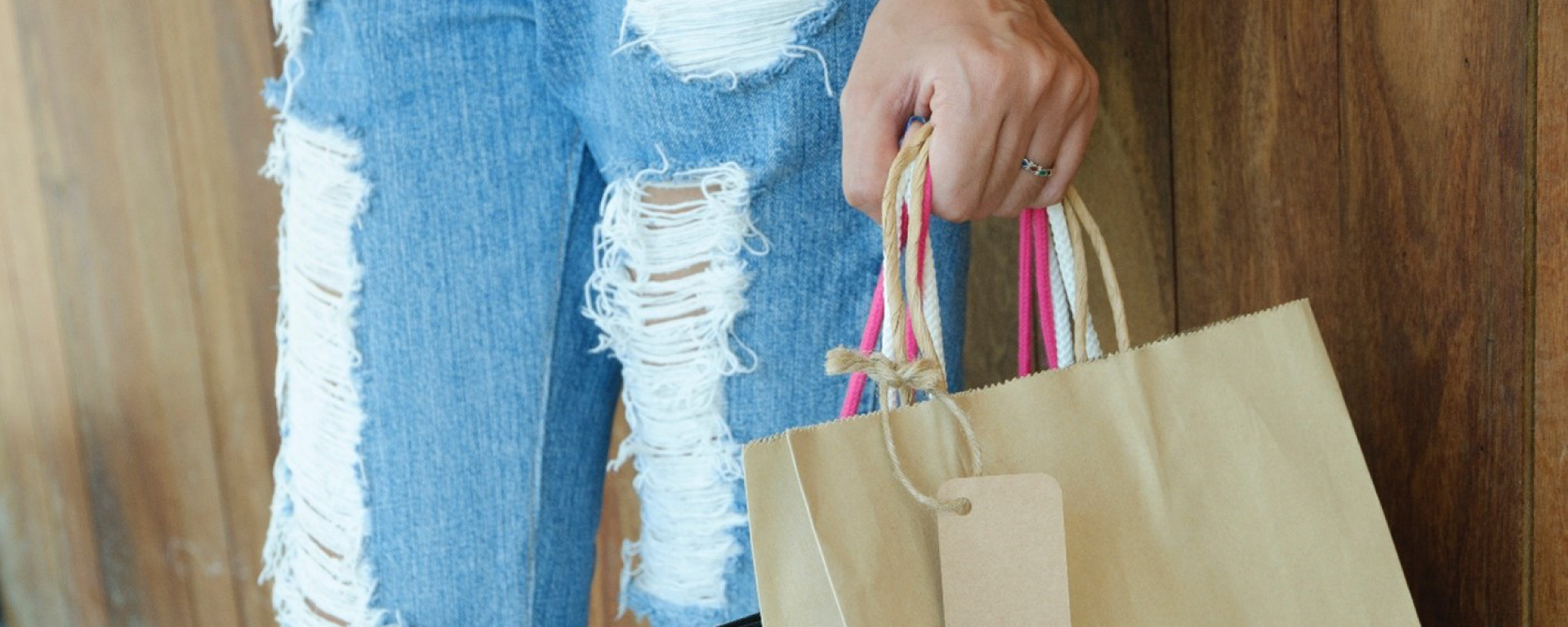
If you live on the West Coast, you may have noticed that your regular latte runs are running up more at the till. And no, it's not just the inflation. It's the 25-cent fee the provincial government has tackled on with each single-use cup purchased with a drink. This add-on is supposed to deflect our desire for convenience and egg us to all bring our own reusable mugs (most stores offer a discount incentive too). On another note, 'mushy straw' syndrome has become a laughingstock on the internet. The desire to move away from plastics, replacing most bags, utensils, and straws with corn material or paper, has produced a somewhat inferior product for us to 'chew on.' Some states have eradicated single-use products altogether. Given the above efforts, you would assume that our plastic reliance days are far over. So, what's the deal with plastic these days and the microplastics we long feared? In this article, we will explain the prevalence (or lack of) of plastic in our lives. History of Plastics Plastics refers to any material that's comprised of the same repeating polymers. Leo Baekeland, a Belgian chemist, is credited for creating the first fully synthetic plastic in 1907. The most remarkable feature of plastic is its malleability and longevity. After World War II, plastic production exploded globally, replacing other, more expensive materials like wood and glass and was used in everything from radios and vehicles to clothing and food wrap. But the latter characteristic is what makes plastic so harmful. Synthetic plastics aren't biodegradable, meaning it ends up accumulating in the environment for centuries on end. .jpg)
The terms global warming and climate change were first used in 1975 in a paper published by a geochemist from Columbia University. In this paper, he discussed the observed changes in the Earth's ozone layer and as a result, the rapid rise of Earth's temperature. However, at this time, scientists were hesitant about attributing environmental changes to human-induced activity. It wasn't until about a decade later, in 1988, when NASA scientist James E. Hasen testified in front of the US Congress that there was a "…high degree of confidence in the cause-and-effect relationship between the greenhouse gas effect and observed warming." Hansen's testimony was picked up by various media and business outlets, and hence the term global warming came into mainstage. 
In 2020, a report by Pew Charitable Trusts and SYSTEMIQ estimated that by 2050, the emissions produced through the lifecycle of plastics would be 2.8 gigatons of C02 per year- equivalent to 615 large coal-fired power stations. The Industry that Produces the Most Plastic is Packaging Globally, the world produces 141 million tonnes of plastic packaging per year. About a third of this plastic is leaked into water collection systems and thus into our drinking supply. In 2015, it was found that almost 80% of plastic waste was accumulated either in landfills or the natural environment. There's been the detection of plastics even in the deepest trenches of the Arctic Sea. Environmental Concerns with Plastic Plastic has highly negative consequences for the environment. It can disrupt the natural ecosystem; by trapping or suffocating smaller animals that reside in bodies of water. 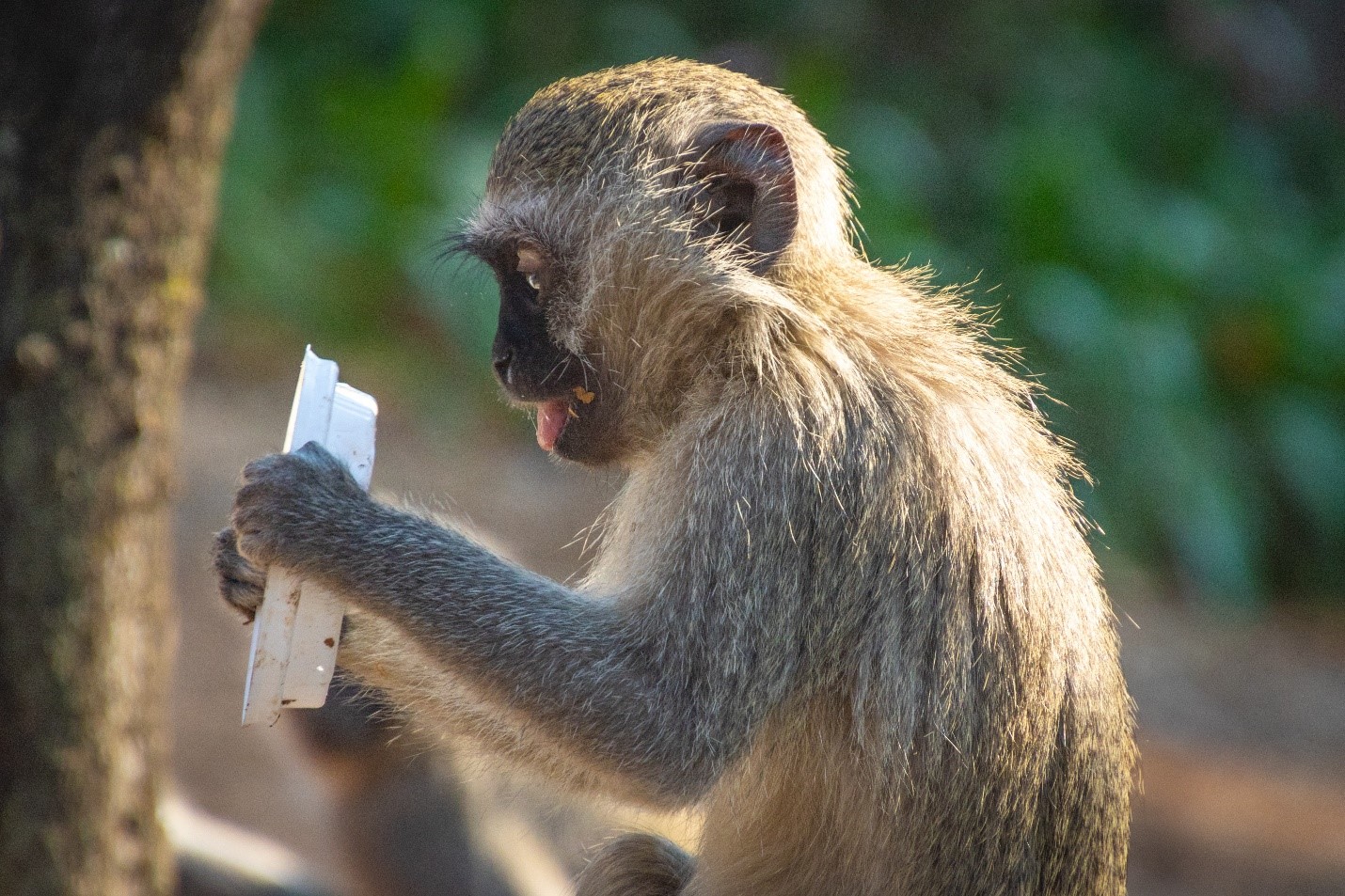 When plastic is burned, it releases pollutants like microplastics, bisphenols and phthalates. These toxins have been shown to disrupt living organisms' neurodevelopment, endocrine and reproductive functions. Another major disadvantage of plastic is its contribution to greenhouse gases. In a report titled "Plastic and Climate (2019)" by the Centre for International Environmental Law (CIEL), they estimated by 2050, the cumulative greenhouse gas emissions from plastic "…could reach over 56 gigatons, which is equivalent to 10-13 percent of the entire remaining carbon budget." Nearly every part of the plastic lifecycle emits greenhouse gases:
Plastic refining is the worst part of the life cycle regarding emissions production. Ethylene is a key building block in plastic. According to CIEL, in 2015, 24 ethylene facilities in the US produced 176.5 million metric tons of C02, which is equivalent to 3.8 million vehicles. Meanwhile, cracking to produce ethylene produced 184.3 to 213 million metric tons of CO2, equivalent to 45 million vehicles a year. Plastic not only exerts ginormous strain on the environment but also inhibits Earth's natural mechanisms for upcycling carbon. 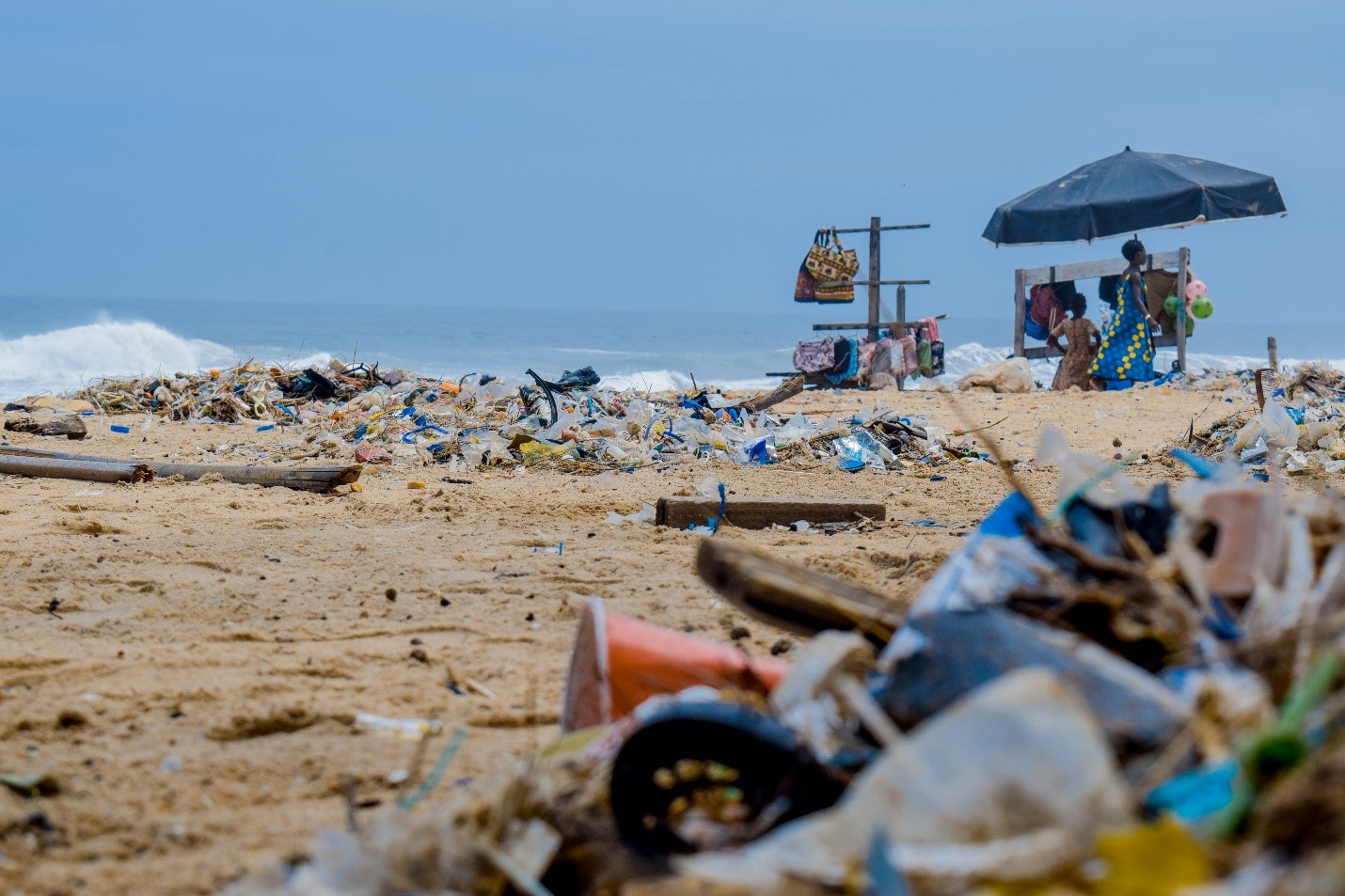 One of Earth's important carbon sinks is the ocean and its plethora of microscopic plants and animals, such as phytoplankton and zooplankton. Laboratory studies showed that when microscopic plants come in contact with microplastic, it hinders their ability to fix carbon through photosynthesis. Microplastics have been found to reduce the survivability and reproductivity of phytoplankton. Impact of Microplastics on Health Every piece of plastic that has ever been created is still around, except the portion that has been burned. When plastics break down into smaller particles, it is known as microplastics and nano plastics. Microplastics have been found in human blood, lung tissue, colons, placentas, stools, and breast milk. Out of the 10,000 different chemicals involved in altering the physical characteristics of plastic, many of them act as endocrine-disrupting compounds or toxicants that imitate hormones in the body. When the body detects this fake "hormone," it responds accordingly. 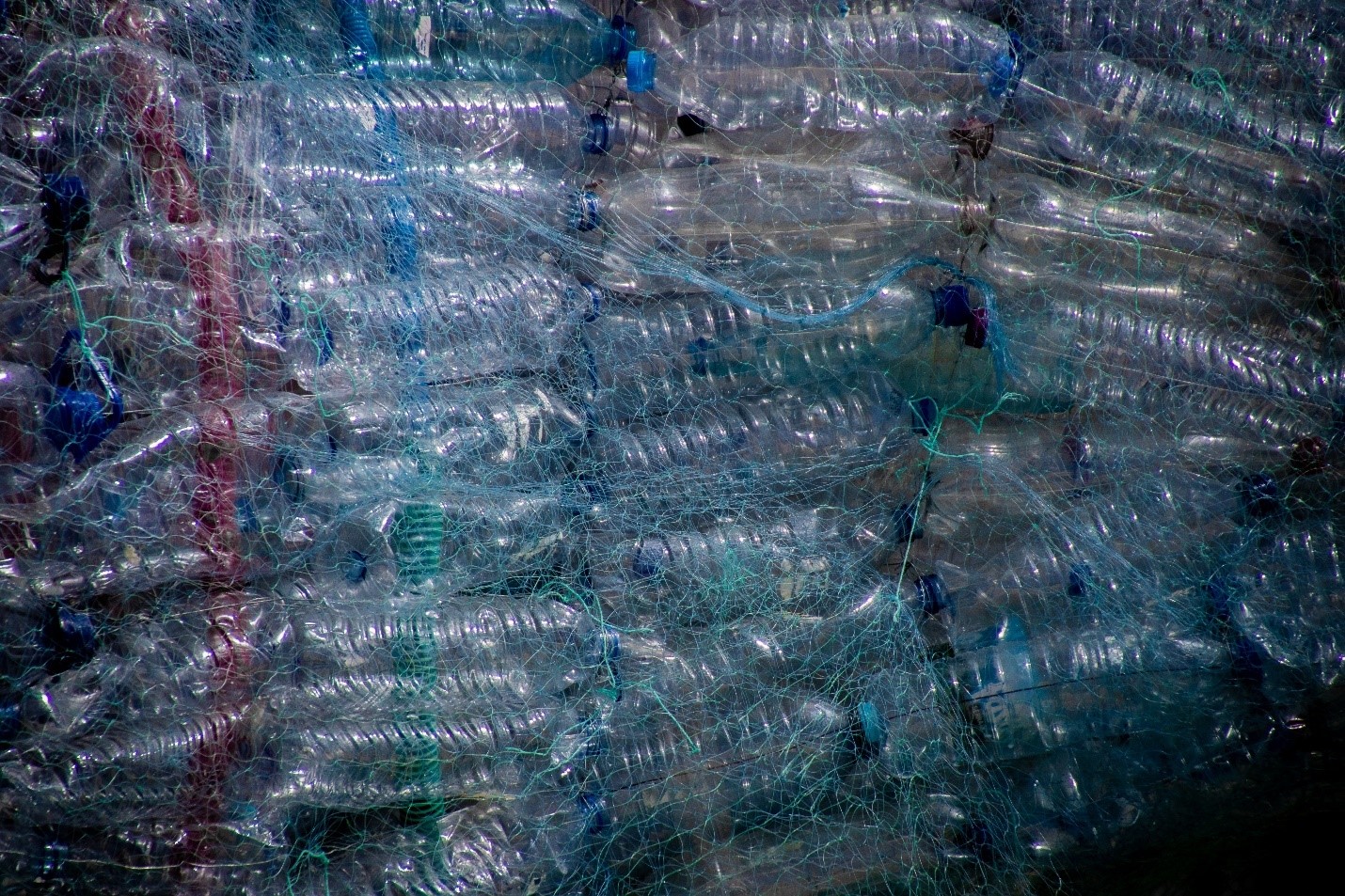
For example, Bisphenol A (BPA), an additive found in plastics, is notorious for imitating estrogen in the body. BPA exposure is linked (not proven) to causing multiple cancers, ADHD, obesity, and low sperm count. White blood cells, which protect our bodies from invasions and viruses, die when they engulf microplastics. What is left from that interaction is localized inflammation. When microplastics are in the environment, they soak up chemicals like a sponge, which can be carried into the body. Inhaling microplastics in large volumes may lead to respiratory diseases and cancer. Common Places Where Plastics Lurk Microplastics are concentrated in three primary locations: the soil, the waterways, and commercial products. The largest harbour of microplastics is in the soil. 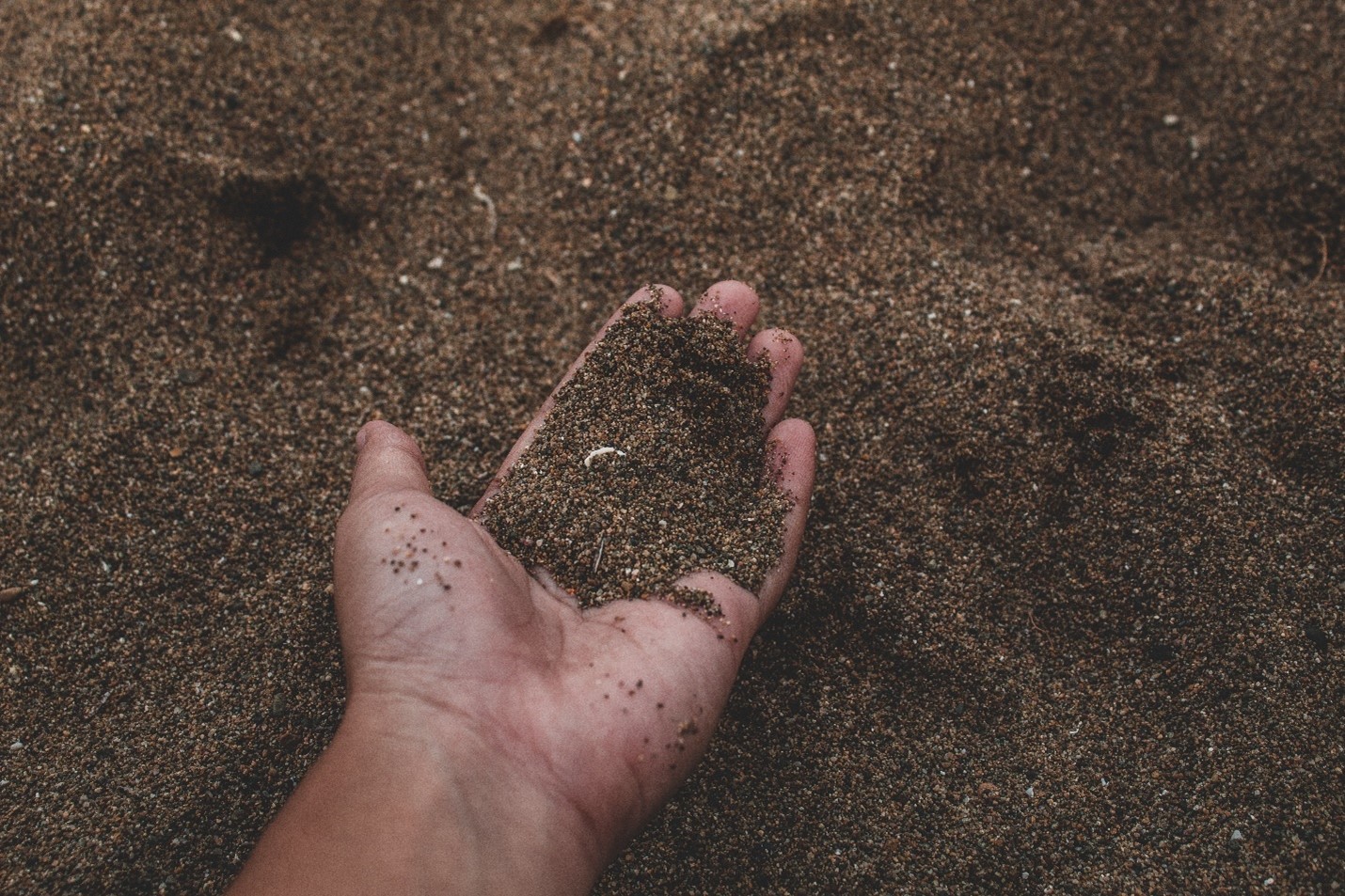 Therefore, many food crops that ultimately make it to our food supply are likely contaminated with microplastics. Sewage sludge is the by-product left behind from municipal waste and water and is often used as organic fertilizer in the US and Europe. In 2022, the Environmental Working Group published a finding that detailed how nearly 20 million acres of US cropland were contaminated with poly-fluoroalkyl substances (PFAS), a chemical found in plastics that never break down under normal environmental conditions. In another study in South Wales, United Kingdom, researchers discovered that up to 650 million microplastic particles—measuring between 1mm and 5mm entered a single wastewater treatment plan. Waterways are the second largest container for microplastics as it collects and transports waste material, marine litter, and runoff. 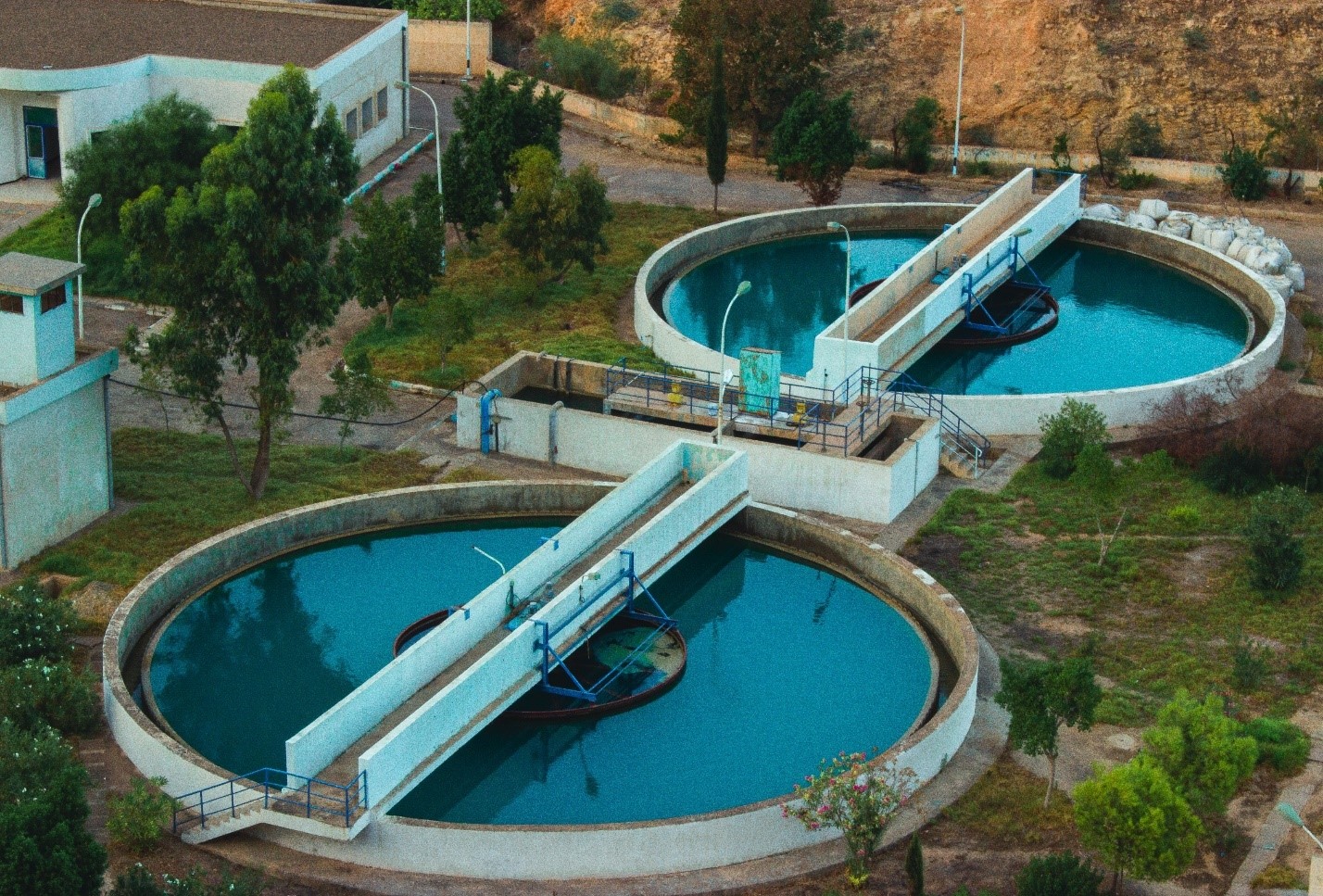 The air we breathe also carries a significant amount of microplastics. According to Yale University, a dozen of studies found that airborne microplastic concentrations of 0.01 particles per cubic meter over the western Pacific Ocean. This number increased to several thousand particles per cubic meter in London and Beijing. 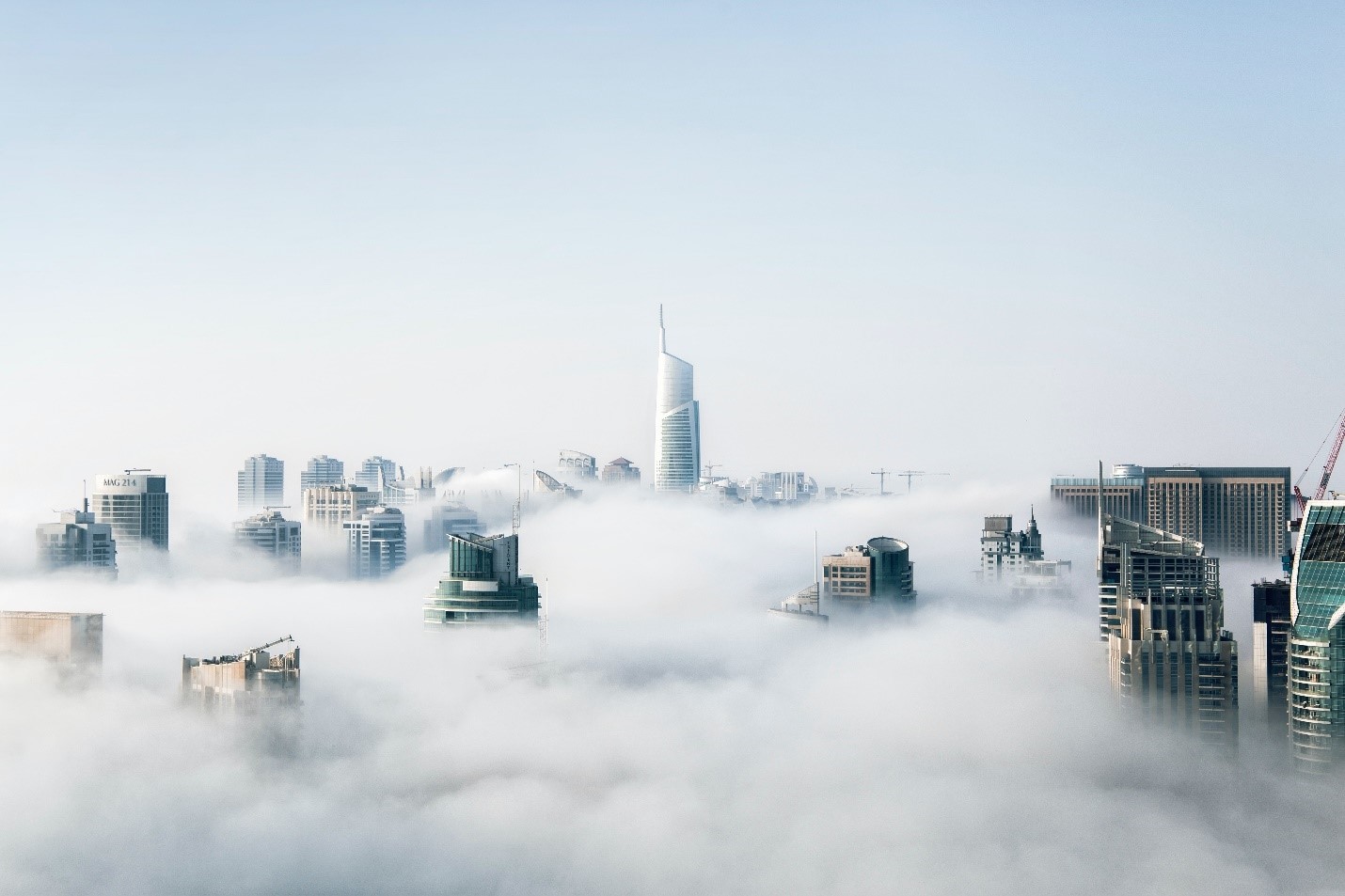 In terms of personal care, humans come in contact with an abundance of microplastics. A significant source is single-use plastics. As its name implies, these plastic products are used once and disposed of quickly, leading to a larger accumulation of plastic waste in the environment. 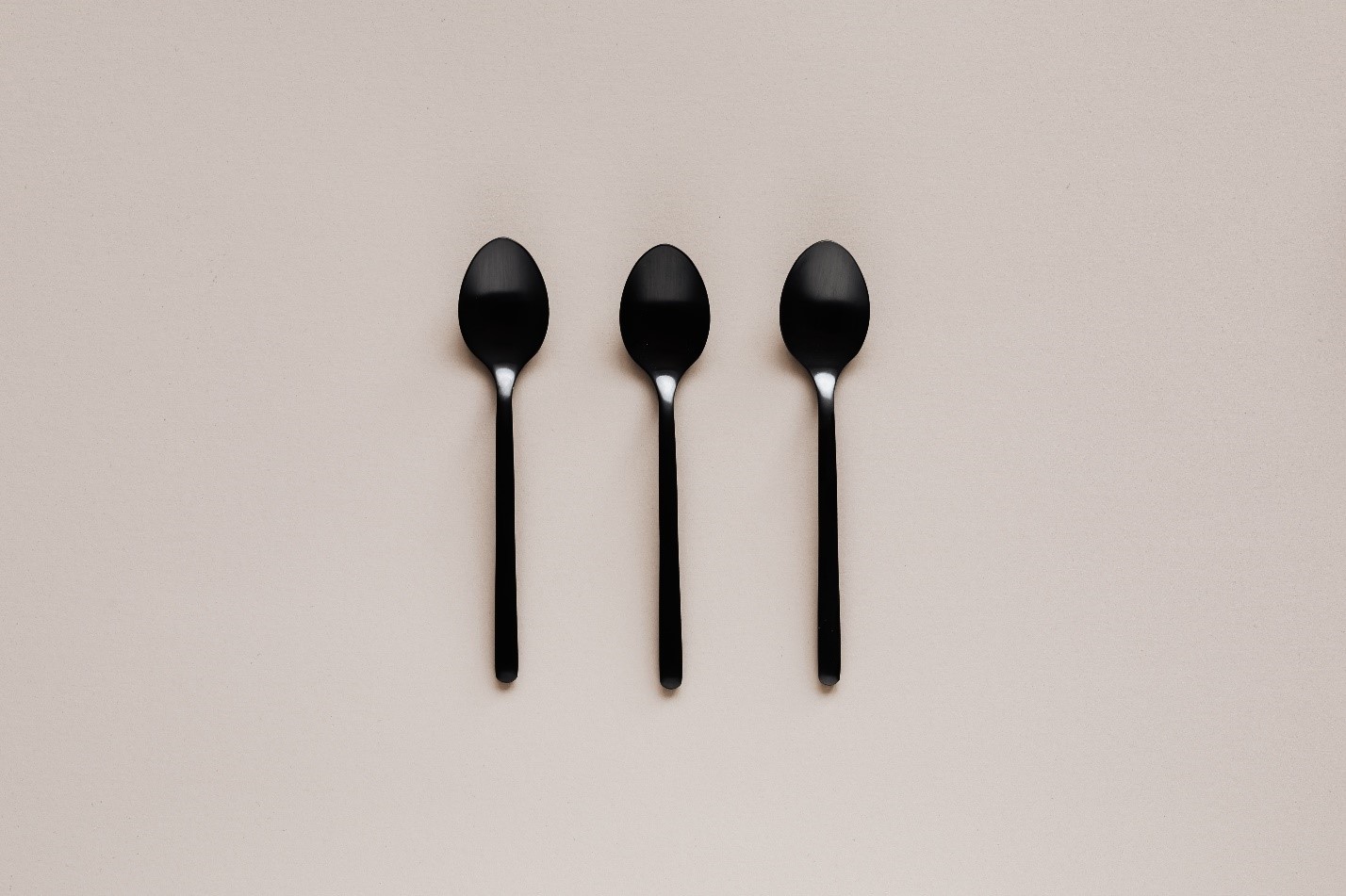 Many governments around the world have begun initiatives to ban single-use plastics. For a complete list of bans in the United States and Canada, check out this website. Other microplastic products include toothpaste, facial scrubs and washes, bottled water, clothing, and more. Initiatives to go Plastic-Free In the winter of 2015, 194 states met in Paris to form what would eventually be called the Paris Agreement. This legally binding treaty would outline distinct goals and targets for states to combat climate change. Since the Paris Agreement was ratified, there have been some positive changes regarding reducing plastics. They are outlined below:
Product Feature EcoLunch Box was founded by Sandra Ann Harris in 2009 with the goal of educating, inspiring and empowering people to say goodbye to plastic for both health and environmental reasons. They carry a line of responsibly made bentos, tiffins and lunchbox sets. 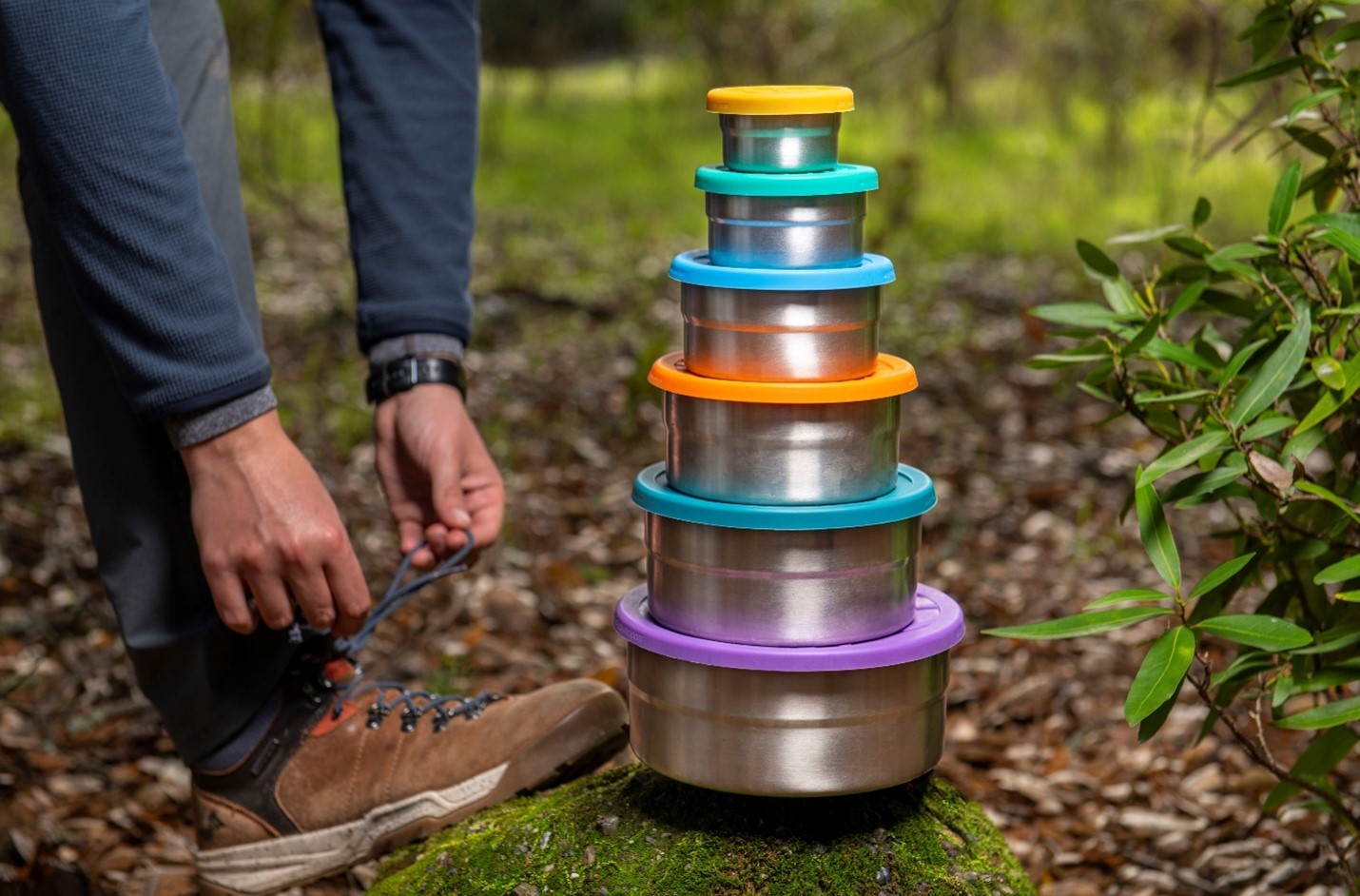 Credits, ECOLunchBox Enviro Glass Straw is a Canadian company that manufactures bent, short, long and regular smoothie straws and stainless-steel lids. 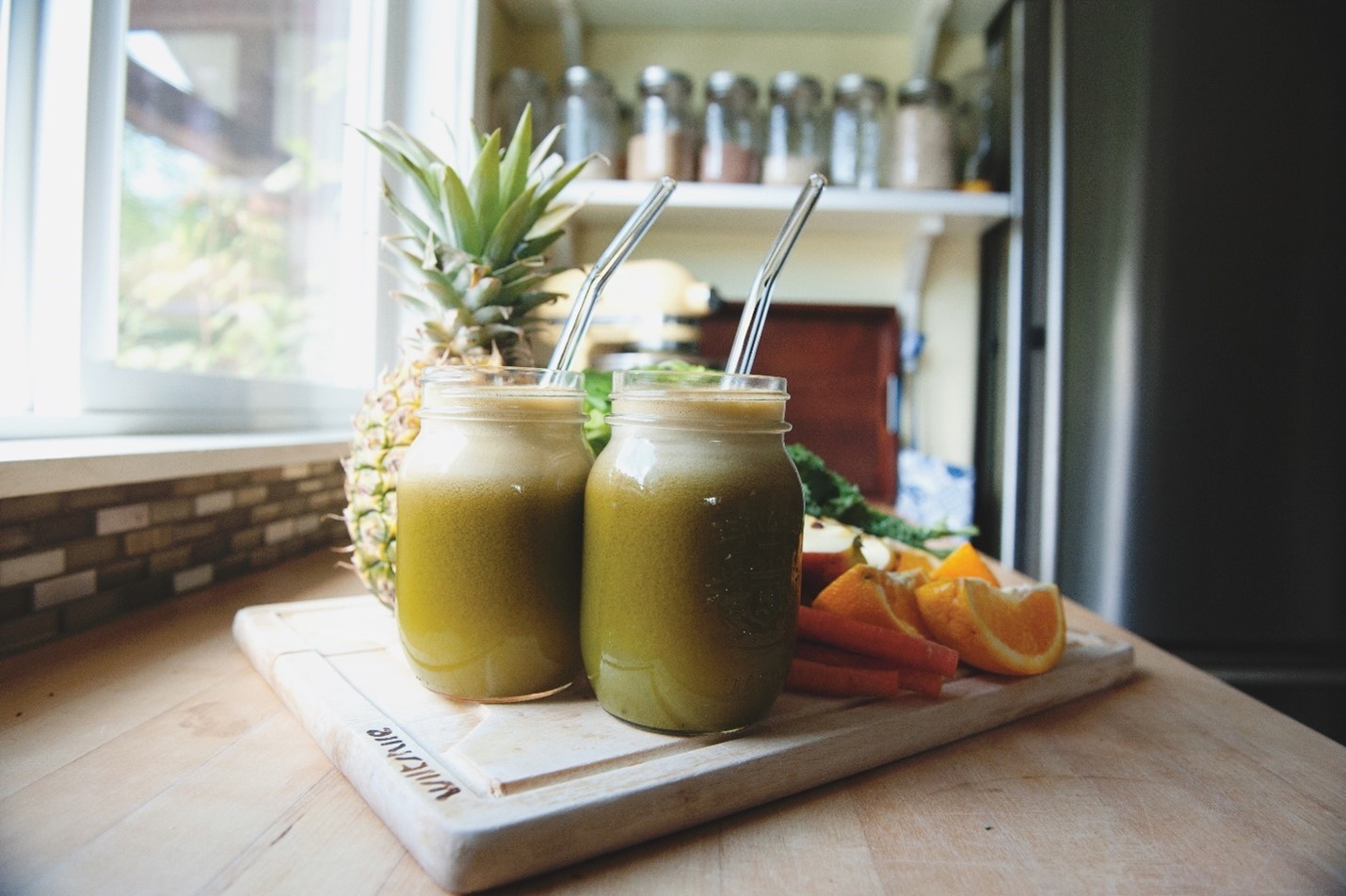 Credits, Enviro Glass Straw Improvements and Takeaways Despite the efforts of participating nations, the effectiveness of environmental levies is inconclusive. Environmental taxes have quite vague definitions in theory and practice. A national research and policy network based out of the University of Ottawa published a report on environmental taxes in Canada. They found that taxes labelled as environmental ($16 billion in 2012-2013) were mainly revenue-raising tools and not particularly designed to provide any environmental benefit. Unbeknownst to most, Canada is the world's greatest producer of waste, surpassing their neighbours down south. Its estimated annual waste total is 1,325,480,289 metric tons. Given Canada's population of 36.7 million, that's an estimated annual waste per capita of 36.1 metric tons. Canada was also late in implementing bans on plastic, far after the US. California banned single-use plastic in 2014. It wasn't until 2018, did Montreal, Quebec implement the same law. Plastic governance and waste management isn't a one size fits all approach, and there are still lengths to cover in determining which strategies will serve the best interest for the environment. Just last year, in Vancouver, BC, a 0.25 cent fee was introduced with the purchase of beverages in single-use cups. However, this law was repealed recently, as it was shown not to have an effective shift on consumer behaviour and instead produced negative consequences, including "equity impacts on vulnerable people." According to CBC, replacing single-use plastic with another single-use material—paper has unintended environmental consequences. A research paper published by the Northern Ireland Assembly found that manufacturing a paper bag takes four times more energy than a plastic one. The chemicals and fertilizers used in producing paper bags create additional harm to the environment. However, paper is more recyclable and degradable than plastic. Motivating a change in human behaviour at a mass proves to be a trickier problem that cannot be solved through substitutions or slapping on nominal fees. More pragmatic and practical strategies are needed at every level—government, corporate, and individual. But getting all three levels aligned on the same goals can be challenging with insufficient educational initiatives. Sources 34 plastic bans in Africa: A reality check. Greenpeace Africa. (2020, May 30). https://www.greenpeace.org/africa/en/blogs/11156/... Al Jazeera. (2020, October 7). "a sink for microplastics": 14 million tonnes on ocean floor. Environment News | Al Jazeera. https://www.greenpeace.org/africa/en/blogs/11156/... Bell, K., & Cave, S. (2011, February 23). Comparison of environmental impact of plastic, paper and cloth bags. Research and Library Briefing Note. https://www.greenpeace.org/africa/en/blogs/11156/... Breene, K. (n.d.). India will abolish all single-use plastic by 2022, Vows Narendra Modi. World Economic Forum. https://www.greenpeace.org/africa/en/blogs/11156/... Brehaut, L. (2019, November 18). The soggy truth about paper straws | national post. The National Post. https://www.greenpeace.org/africa/en/blogs/11156/... Bush, E. (2022, August 11). Researchers found microplastics in human lungs and bloodstreams. should we be concerned?. NBCNews.com. https://www.greenpeace.org/africa/en/blogs/11156/... Cosier, S. (n.d.). Burning plastic can affect air quality, public health (environmental factor, August 2022). National Institute of Environmental Health Sciences. https://www.greenpeace.org/africa/en/blogs/11156/... Dunbar, B. (n.d.). What's in a name? global warming vs. climate change. NASA. https://www.greenpeace.org/africa/en/blogs/11156/... Encyclopædia Britannica, inc. (n.d.). Leo Baekeland. Encyclopædia Britannica. https://www.greenpeace.org/africa/en/blogs/11156/... Environmental taxes in Canada - smart prosperity institute. (2015, May). https://www.greenpeace.org/africa/en/blogs/11156/... The EU's Circular Economy Action Plan. How to Build a Circular Economy. (n.d.). https://www.greenpeace.org/africa/en/blogs/11156/... Gerretsen, I. (2023, January 5). How microplastics are infiltrating the food you eat. BBC Future. https://www.greenpeace.org/africa/en/blogs/11156/... Government of Canada. (2022, December 19). Change is here: Canada's ban on certain harmful single-use plastics starts to take effect this month. Canada.ca. https://www.greenpeace.org/africa/en/blogs/11156/... Hamilton, J. (2011, March 2). Study: Most plastics leach hormone-like chemicals. NPR. https://www.greenpeace.org/africa/en/blogs/11156/... Harris, B. (2018, June 8). This is what countries are doing to fight plastic waste. World Economic Forum. https://www.greenpeace.org/africa/en/blogs/11156/... Jones, N. (2023, February 1). Microplastics are filling the skies. will they affect the climate?. Yale E360. https://www.greenpeace.org/africa/en/blogs/11156/... Joshi, K. (2021, February 16). Plastics: A carbon copy of the Climate Crisis. ClientEarth. https://www.greenpeace.org/africa/en/blogs/11156/... National Geographic. (n.d.). Sustainable shopping-which bag is best?. Education. https://www.greenpeace.org/africa/en/blogs/11156/... Ordonez, M. (2022, October 28). Microplastics and health risks: What do we really know?. WebMD. https://www.greenpeace.org/africa/en/blogs/11156/... Pimentel, J. C., Avila, R., & Lourenço, A. G. (1975, April 1). Respiratory disease caused by synthetic fibres: A new occupational disease. Thorax. https://www.greenpeace.org/africa/en/blogs/11156/... Plastic and climate: The hidden costs of a plastic planet. Center for International Environmental Law. (2022, February 1). https://www.greenpeace.org/africa/en/blogs/11156/... Reuters, T. (2019, August 14). "punch in the gut" as scientists find microplastics in Arctic ice | CBC News. CBCnews. https://www.greenpeace.org/africa/en/blogs/11156/... Sebastian, A. (2023, May 8). 5 countries that produce the most waste. Investopedia. https://www.greenpeace.org/africa/en/blogs/11156/... Sellers, F. S. (2021, July 14). Maine becomes first state to shift costs of recycling from taxpayers to companies. The Washington Post. https://www.greenpeace.org/africa/en/blogs/11156/... Shen, M., Ye, S., Zeng, G., Zhang, Y., Xing, L., Tang, W., Wen, X., & Liu, S. (2019, November 9). Can microplastics pose a threat to ocean carbon sequestration?. Marine Pollution Bulletin. https://www.greenpeace.org/africa/en/blogs/11156/... Timeline. Ditch Plastic Packaging. (2023, March 8). https://www.greenpeace.org/africa/en/blogs/11156/... Wiesinger, H., Wang, Z., & Hellweg, S. (2021, June 21). Deep dive into plastic monomers, additives, and processing aids. Environmental Science and Technology. https://www.greenpeace.org/africa/en/blogs/11156/... Wong, J. (2021, November 5). Climate education is inconsistent across Canada, but these students and educators want to fix that | CBC news. CBCnews. https://www.greenpeace.org/africa/en/blogs/11156/...
|